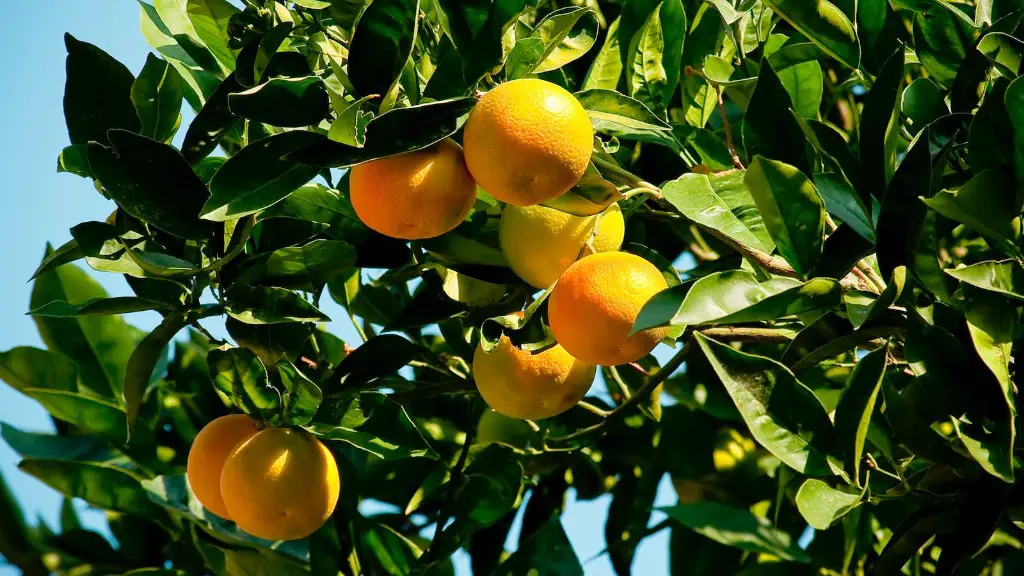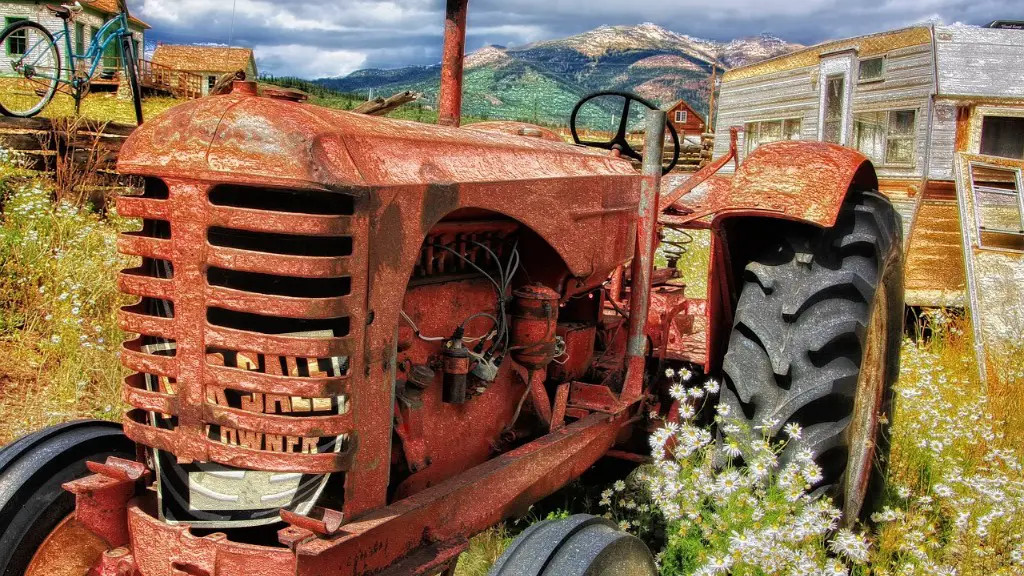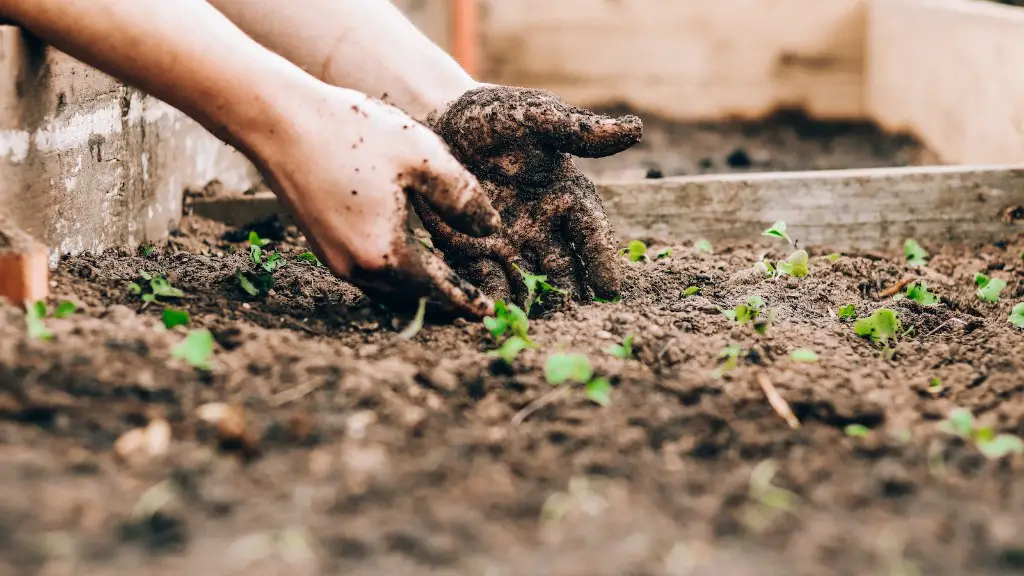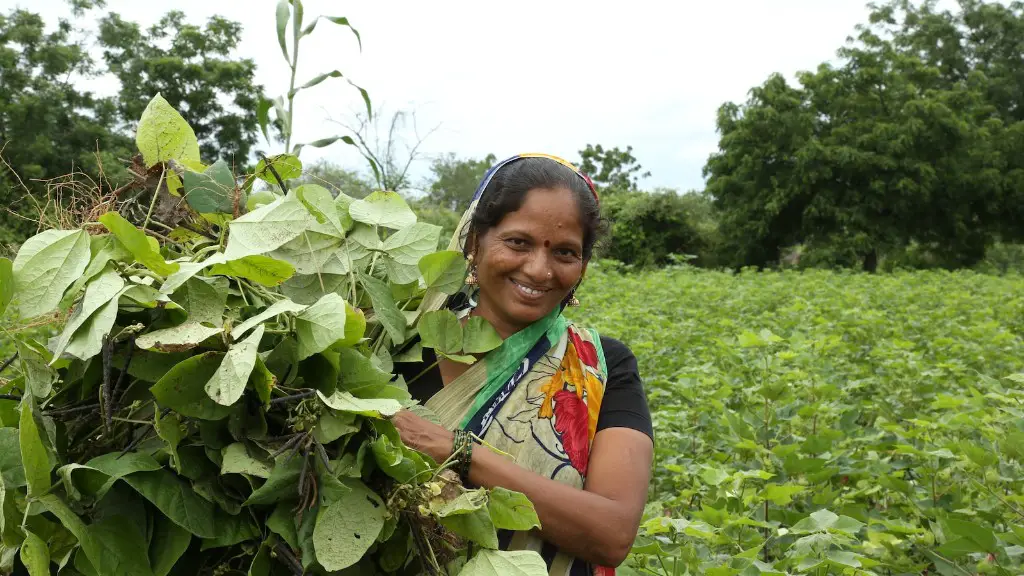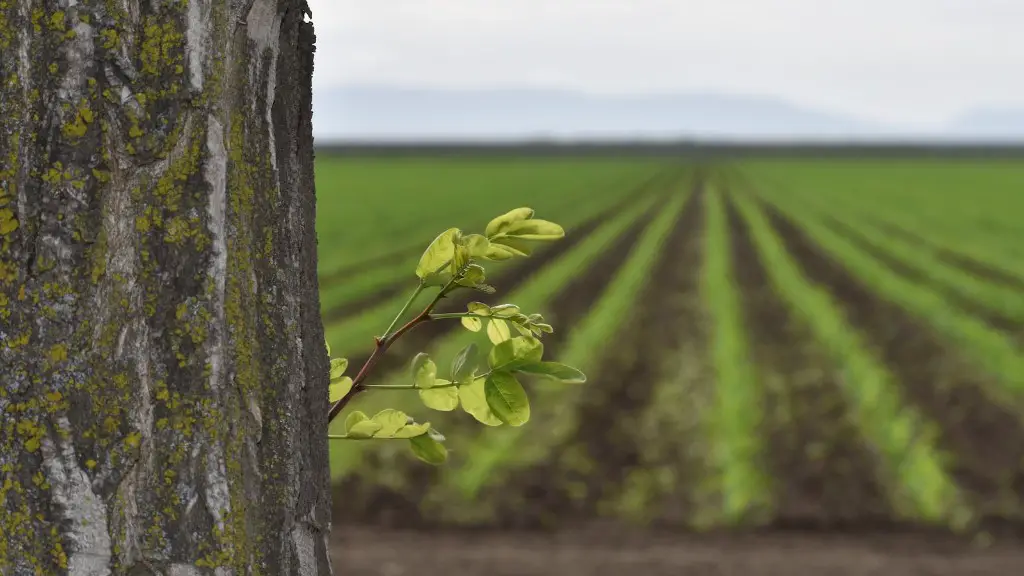Agriculture has been part of human civilization for thousands of years. But why did it start in the first place? The answer is far from simple and it can be traced back to several different factors that likely interacted in shaping agricultural practices. These include climate change, population growth, the domestication of animals and plants, and the development of new technologies.
Climate change is thought to be one of the biggest drivers for agricultural development. An increase in temperatures and prolonged drought in certain areas led to people having to switch from gathering and hunting to farming to ensure a steady and reliable food supply. The development of farming allowed people to settle in villages and cities, leading to denser population. Furthermore, with a steady and reliable food source, populations could increase.
At the same time, during this period, people began to domesticate plants and animals, leading to the development of the first forms of agriculture with the domestication of cereal crops and livestocks. This allowed people to have a more dependable and diversified food supply. Additionally, the development of new technologies gave people the tools they needed to begin farming, such as irrigation systems and tools used to prepare the land for cultivation.
The new technologies also brought a much more efficient use of resources, allowing people to grow more food with less effort. This in turn allowed more time for other activities such as the development of trade routes, increasing cultural exchange and technological innovation. Furthermore, this led to the development of communication systems, writing and an improvement in transportation.
All these factors interacted in a complex set of behaviors that led to the development of agriculture. It was an innovative solution to a problem of limited food supply and allowed for a more efficient use of resources. It increased the lifespan of the people, population growth and cultural and technological advances that were built upon for centuries.
Population Growth and Nurseries
Population growth was a factor that played a major role in the development of agriculture. In order for large areas of land to be effectively cultivated and harvested, humans needed to grow their populations. This allowed larger numbers of people to work together in an organized manner, in order to cultivate large areas of land. As such, population growth acted as a major driver of agricultural development.
At the same time, in order to ensure an effective food production, humans had to create nurseries, where seedlings were grown before being transplanted into the fields. This allowed for a more efficient use of resources, as the plants had an greater chance of surviving and producing fruit. Furthermore, nurseries allowed people to experiment with different types of crops and plant combinations, leading to a more diverse and reliable food supply.
In conclusion, population growth and nurseries were two major factors that helped drive the development of agriculture. Through this, humans were able to better utilize land and develop reliable food supplies. These two factors acted alongside other factors such as climate change, domestication of plants and animals and the development of new technologies in shaping the development of agriculture.
Domestication of animals and plants
The domestication of animals and plants was an equally important factor in the development of agriculture. Due to the domestication of animals, humans were able to have a more consistent and dependable supply of food. Additionally, the domestication of animals allowed humans to use them for labor and transportation, thus increasing their efficiency in cultivating land and gathering resources.
Moreover, the domestication of plants enabled humans to have a more dependable and steady food supply. Additionally, they were able to utilize land more effectively by utilizing multiple crops and combinations of crops that could effectively be cultivated in different environmental conditions. By doing so, humans were able to have greater control over the type and amount of food production.
Furthermore, the domestication of plants enabled people to develop new forms of labor, such as tending and harvesting, as well as to bred new crops with desirable characteristics. This allowed humans to cultivate and harvest crops in a more efficient and effective manner, thus leading to larger yields.
Overall, the domestication of animals and plants was one of the major factors in the development of agriculture, as it allowed humans to have a more reliable food supply as well as to increase the efficiency and effectiveness of land utilization.
Development of technologies
The development of new technologies also played an important role in the development of agriculture. Tools such as ploughs and harvesters allowed humans to cultivate and harvest large swathes of land in an efficient manner. This increased the land’s productivity and allowed for larger crops, thus increasing the food production. Additionally, this allowed for an increase in the efficiency of activities such as fertilizer application, weeding and irrigating.
Furthermore, the development of irrigation systems allowed people to cultivate land in areas where water availability was not constant. This allowed for a reliable and consistent supply of food, as crops could still be cultivated even in dry environments. Additionally, large scale irrigation systems allowed people to cultivate land more efficiently, thus leading to increased yields.
Overall, the development of technologies such as ploughs, harvesters and irrigation systems allowed humans to more effectively utilize land. This allowed for a more reliable and consistent supply of food and an increase in yields, thus making agriculture a viable means of survival.
Cultural Exchange and Trade
Cultural exchange and trade was another important factor in the development of agriculture. Trade allowed humans to exchange goods between different cultures, thus opening up new markets and increasing the trade of resources. Additionally, cultural exchange allowed for the transfer of knowledge, giving people a greater understanding of their environment, how to cultivate it and what types of plants could thrive.
Moreover, this exchange of ideas and knowledge also allowed for the development of new tools and technologies. This allowed people to increase their efficiency in farming and production, thus leading to higher yields. Additionally, this allowed for the development of trade routes, which facilitated the spread of agricultural methods and technologies throughout different parts of the world.
Therefore, cultural exchange and trade played an important role in the development of agriculture. Through this, humans were able to transfer knowledge and resources, allowing them to increase their efficiency in farming and production and increase their yields.
Climate Change
Climate change was another factor that played a role in the development of agriculture. In certain parts of the world, prolonged periods of drought and increased temperatures led to people having to switch from gathering and hunting to farming. This allowed them to have a reliable food supply, thus allowing for the development of civilization.
Additionally, climate change gave rise to new forms of agriculture, such as those adapted for dry seasons and for the cultivation of certain crops. Through this, people were able to utilize different parts of their environment and develop strategies for dealing with their new climate. Furthermore, this allowed for the development of agricultural methods and technologies that enabled a more efficient use of resources.
In conclusion, climate change played an important role in the development of agriculture. Through this, people were able to develop new forms of agriculture that allowed for a more reliable and efficient food supply, thus leading to the development of civilizations.
